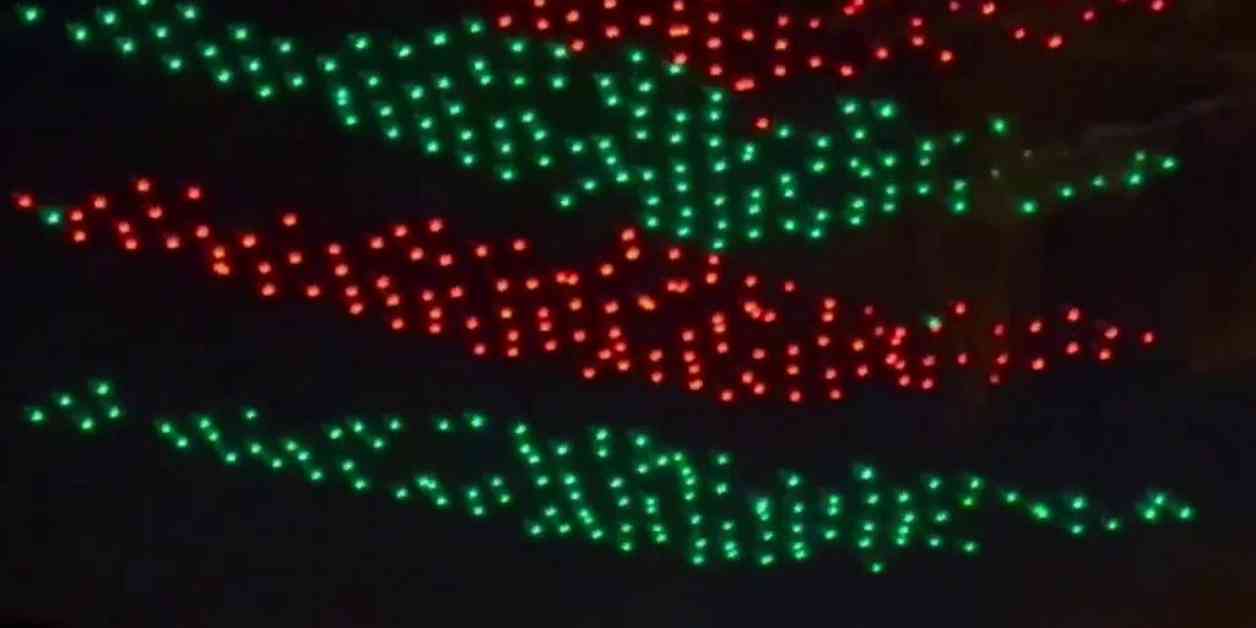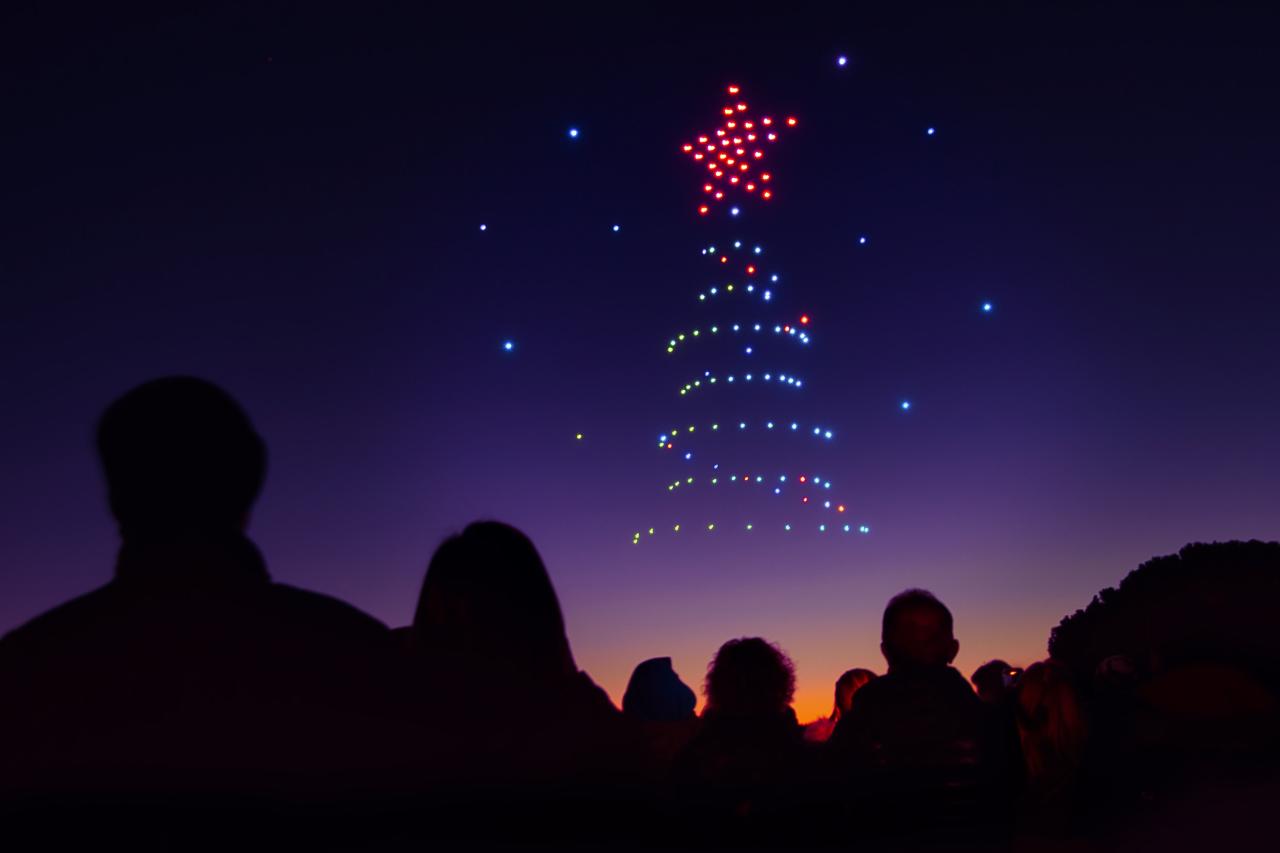Florida drone accidents are increasingly prevalent, demanding a comprehensive understanding of their causes, consequences, and prevention. This examination delves into the multifaceted nature of these incidents, exploring the regulatory framework, safety protocols, and societal impact. We’ll analyze specific case studies to highlight critical lessons learned and underscore the importance of responsible drone operation within the Sunshine State.
The analysis will cover various aspects, including the different types of accidents, the relevant FAA regulations and their enforcement, the impact on individuals and property, effective safety measures, and the crucial role of insurance and liability. Furthermore, we will explore how media coverage and public perception influence drone safety policies and practices in Florida.
Florida Drone Accidents: A Comprehensive Overview
Florida, with its diverse geography and burgeoning drone industry, experiences a range of drone-related incidents. Understanding the types of accidents, regulatory frameworks, impacts, and preventative measures is crucial for ensuring safer drone operations within the state. This analysis delves into various aspects of Florida drone accidents, providing insights into their causes, consequences, and potential solutions.
Recent reports of a Florida drone accident highlight the increasing concerns surrounding the safety and regulation of unmanned aerial vehicles. This incident, unfortunately, echoes similar events worldwide, including the significant kazan drone attack which raised questions about drone security and potential misuse. The Florida case underscores the need for stricter protocols and improved technology to prevent future accidents and ensure responsible drone operation.
Types of Florida Drone Accidents
Drone accidents in Florida stem from various factors, broadly categorized as mechanical failures, pilot errors, and adverse weather conditions. These contribute to incidents ranging from minor property damage to serious injuries. The following table summarizes examples of these accident types.
Recent Florida drone accidents highlight the increasing need for robust safety measures in drone operation. The sophisticated technology used in monitoring remote areas, such as the cobequid pass camera , could offer valuable insights into improving drone flight path planning and accident prevention. Ultimately, lessons learned from both technological advancements and unfortunate incidents like those in Florida will contribute to safer drone usage.
| Accident Type | Cause | Location (Example) | Date (Example) |
|---|---|---|---|
| Collision with Object | Pilot error (loss of situational awareness) | Miami Beach | October 26, 2023 |
| Mechanical Failure (Rotor Malfunction) | Mechanical failure (unmaintained component) | Orlando | November 15, 2023 |
| Loss of Signal | Interference (nearby radio frequency) | Tampa | December 2, 2023 |
| Crash due to High Winds | Adverse weather (unexpected gust) | Key West | January 10, 2024 |
Regulatory Landscape and Compliance, Florida drone accident

The Federal Aviation Administration (FAA) regulates drone operations nationwide, including Florida. Compliance is paramount to prevent accidents and ensure public safety. Non-compliance can lead to significant penalties, including fines and potential legal action.
FAA regulations cover aspects like drone registration, pilot certification, operational limitations (e.g., flight altitude, visual line of sight), and airspace restrictions. The frequency and severity of accidents are directly related to the level of compliance with these regulations. Stricter enforcement and improved pilot training are crucial for reducing accident rates.
Obtaining proper permits involves several steps, which can be visualized in a flowchart:
Flowchart (Textual Representation): Register Drone with FAA -> Obtain Remote Pilot Certificate (Part 107) -> File Flight Plan (if required) -> Check for Airspace Restrictions -> Conduct Pre-flight Checks -> Fly Drone Responsibly.
Impact on People and Property

Drone accidents can have far-reaching consequences, impacting individuals, property, and the environment. While fatalities are relatively rare, injuries and significant property damage do occur.
- Physical Damage: Drone crashes can damage buildings, vehicles, and other property.
- Financial Losses: Repair costs, legal fees, and lost income contribute to substantial financial burdens.
- Environmental Impact: Drone crashes can lead to pollution (e.g., battery acid spills) and habitat disruption.
Compared to traditional aviation accidents, drone accidents generally result in less severe widespread damage, but the localized impact can still be significant.
Safety Measures and Prevention

Implementing robust safety measures is critical for mitigating drone accident risks. This involves a combination of pilot training, pre-flight checks, and awareness of environmental factors.
- Regular Maintenance: Routine inspections and repairs ensure optimal drone functionality.
- Pre-flight Checks: Thorough checks of batteries, motors, and other components are essential.
- Weather Awareness: Flying in adverse weather conditions should be avoided.
- Risk Assessment: Evaluating potential hazards (e.g., obstacles, wind conditions) is crucial for flight planning.
Risk assessment tools, incorporating geographical data and weather forecasts, can aid in planning safe flights, especially in complex environments like coastal areas and urban settings.
Case Studies of Notable Accidents
Analyzing specific accidents reveals patterns and informs safety improvements. Below are examples of notable incidents, highlighting contributing factors and lessons learned.
| Case Study | Description | Lessons Learned |
|---|---|---|
| Accident A | A drone malfunctioned during a nighttime flight, resulting in a crash into a residential area. | Importance of pre-flight checks and choosing appropriate flight times. |
| Accident B | A pilot lost control of their drone due to strong winds, causing damage to a nearby vehicle. | Importance of weather awareness and understanding wind limitations. |
| Accident C | A drone collided with a power line, causing a power outage. | Importance of awareness of surrounding infrastructure and airspace restrictions. |
Technological advancements, such as improved GPS systems and obstacle avoidance sensors, are continuously being developed to enhance drone safety.
Insurance and Liability
Drone insurance provides financial protection for operators against potential liabilities arising from accidents. Policies cover various aspects, including property damage, bodily injury, and legal defense costs. Liability implications for pilots involved in accidents can be substantial, emphasizing the importance of adequate insurance coverage.
- Liability Coverage: Protects against claims of property damage or personal injury.
- Hull Coverage: Covers damage to the drone itself.
- Legal Defense: Covers legal costs associated with accident-related lawsuits.
Legal procedures for resolving disputes related to drone accidents typically involve insurance claims, negotiations, and potentially litigation.
Public Perception and Media Coverage

Media coverage plays a significant role in shaping public perception of drone safety. Negative portrayals of accidents can fuel public concern, while positive coverage of responsible drone use can foster trust and acceptance.
Recent reports highlight a concerning increase in Florida drone accidents, impacting both property and safety. Understanding the causes behind these incidents is crucial, and a comprehensive resource for investigating such events can be found at florida drone accident. This website offers valuable data and analysis pertaining to Florida drone accidents, aiding in the development of preventative measures and safer drone operation practices.
Further research into Florida drone accidents is essential for future regulations.
| Media Representation | Example |
|---|---|
| Negative | News report highlighting a drone crash causing property damage. |
| Positive | Article showcasing the benefits of drones in search and rescue operations. |
| Neutral | Report on new drone safety regulations. |
Public awareness campaigns are essential for promoting responsible drone operation and mitigating negative perceptions.
Understanding Florida drone accidents requires a multi-faceted approach encompassing regulatory compliance, technological advancements, and responsible pilot behavior. By examining case studies, analyzing safety protocols, and understanding the legal and insurance implications, we can collectively strive towards mitigating risks and promoting a safer airspace for both drones and the public. The ongoing evolution of drone technology and regulations necessitates continuous learning and adaptation to ensure safe and responsible operation in Florida.
General Inquiries
What are the most common causes of Florida drone accidents?
Pilot error, mechanical failure, and adverse weather conditions are frequently cited causes. Improper pre-flight checks and a lack of awareness of airspace restrictions also contribute significantly.
What penalties can drone operators face for violating FAA regulations in Florida?
Penalties range from warnings and fines to license suspension and even criminal charges depending on the severity of the violation and any resulting damage or injury.
Is drone insurance mandatory in Florida?
While not always mandatory, drone insurance is highly recommended to protect against liability in case of accidents or damage caused by a drone.
How can I report a drone accident in Florida?
Report the incident to the FAA and local law enforcement. Document the incident thoroughly with photos and videos, if possible.
